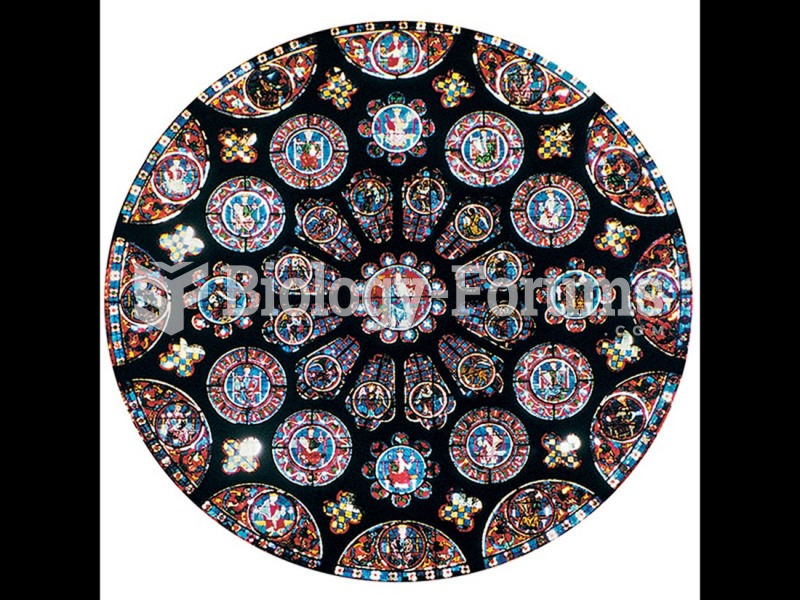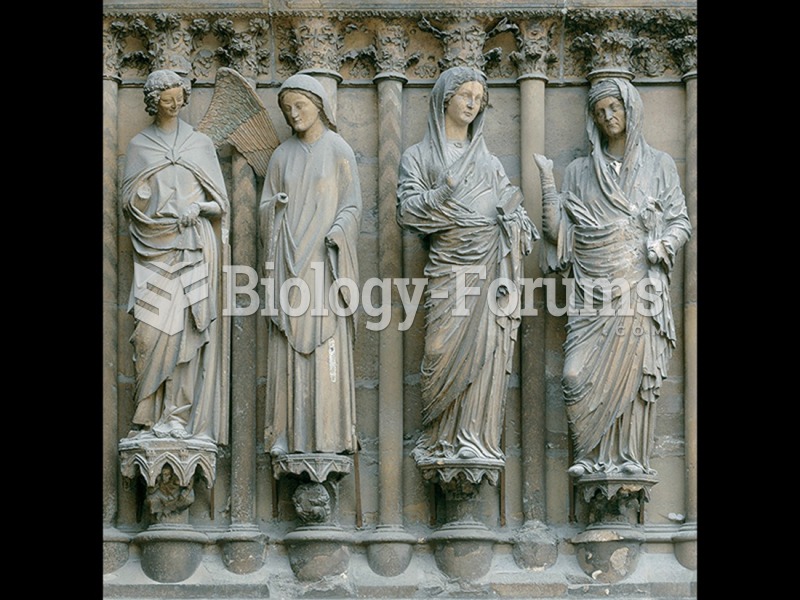Answer to Question 1
A church in the early Byzantine style is San Vitale, built in the sixth century in Ravenna, Italy. San Vitale doesn't follow the cross plan that became standard for Western churches but employs a central plan favored in the East, and takes the unusual form of an octagon. An apse protrudes from one wall and a narthex is attached to two others; however, the fundamental focus of the building is at its center, over which rises a dome. Portions of Chartres Cathedral were built at different times, visually documenting the evolution of the Gothic style. The west faade of Chartres Cathedral, also known as the north tower, was built first, between 1134 and 1150. Its plain, unadorned surfaces and solid masses are still fundamentally in the Romanesque style. The final addition to Chartres was the left (north) spire of the faade, built in the early 16th century, and it illustrates the last phase of the Gothic styleslender, elongated, and highly ornamental style referred to as flamboyant.
Answer to Question 2
A famous work of Romanesque art is the Bayeux Tapestry. It is embroidery work and resembles a long picture book 20 inches high and 231 feet long. It tells the story of the conquest of England by William of Normandy in 1066. The scene in the text illustrates a group of Anglo-Saxons making a stand on a hill against a Norman cavalry assault. Soldiers and horses tumble spectacularly, and casualties from both sides fill the lower border. Scholars have learned more about the events surrounding the Norman Conquest by studying the Bayeux Tapestry than they have from any of the literature of the time.







